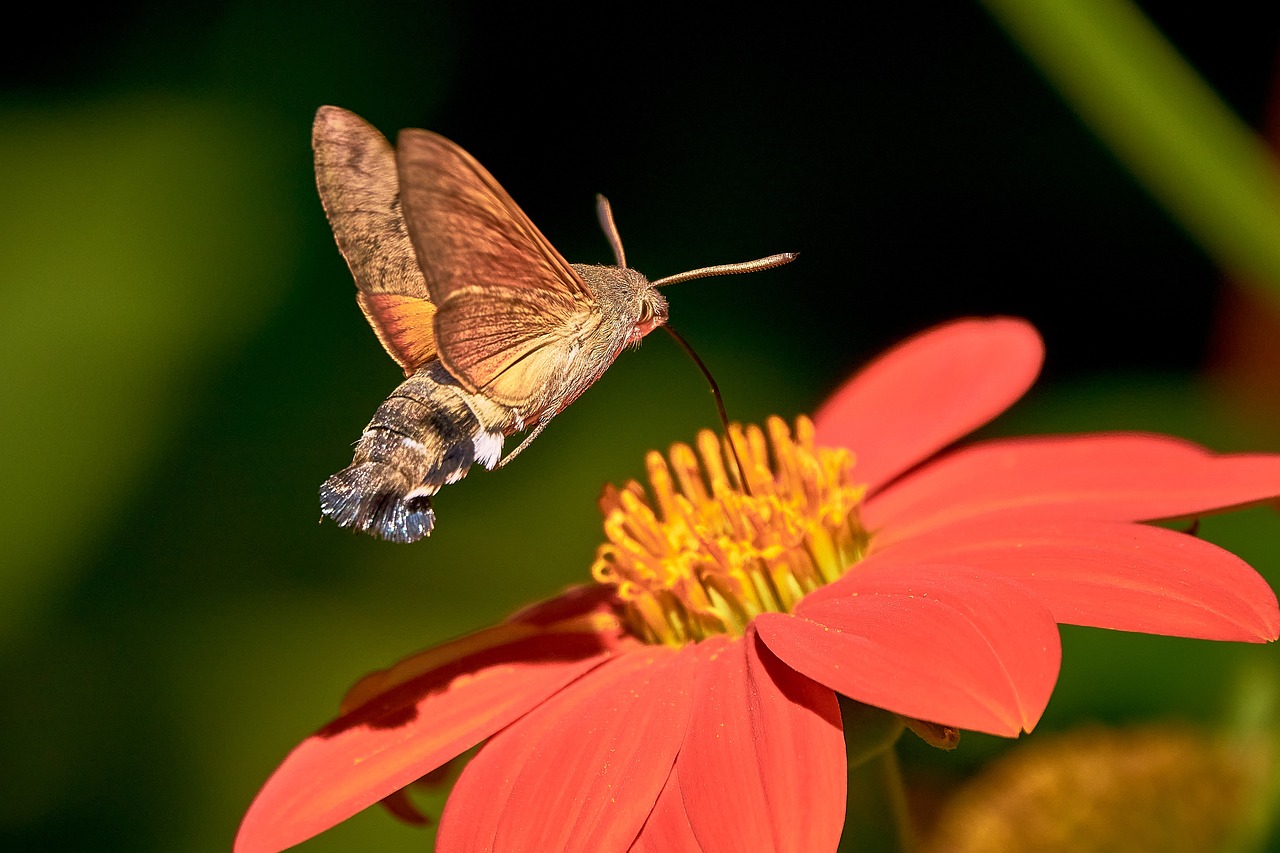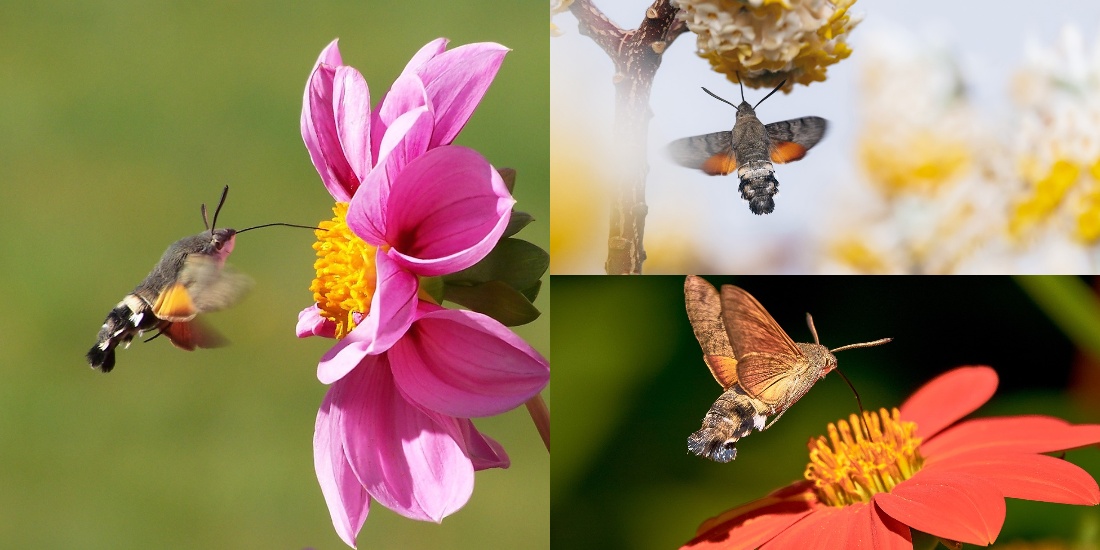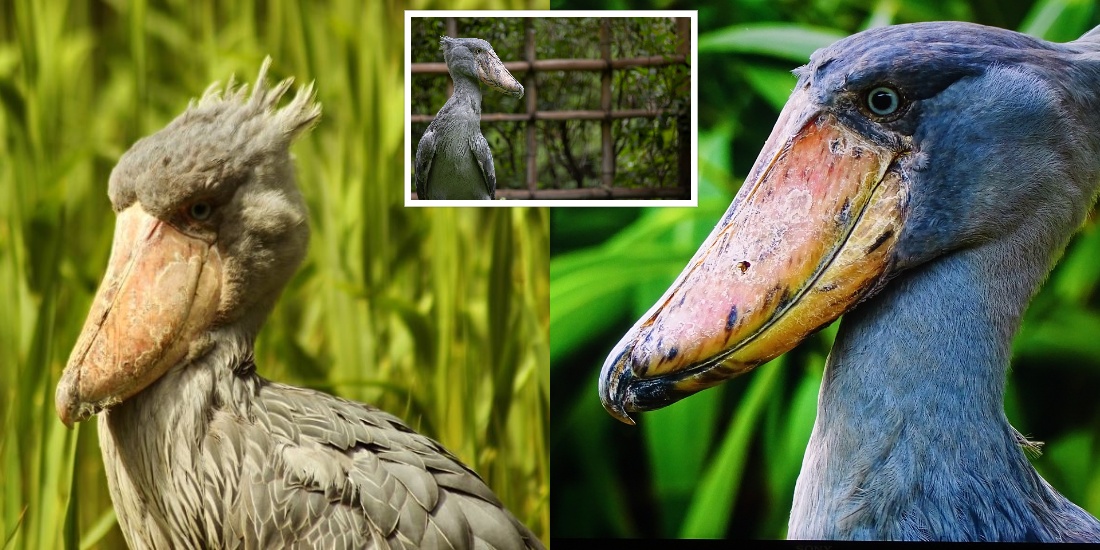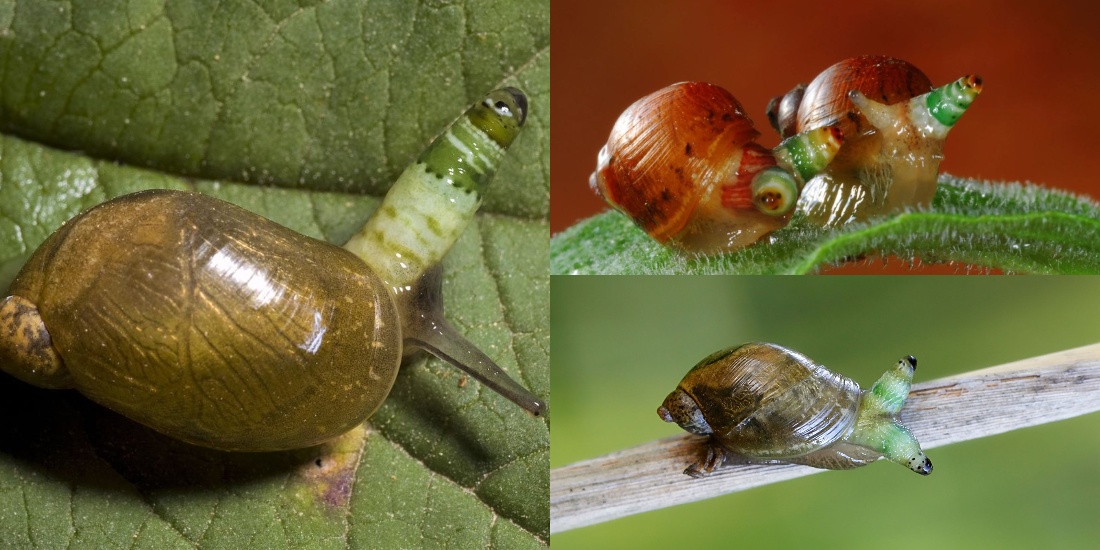Hummingbird moths, also known as jingoist moths or sphinx moths, are a group of moths that go to the blood Sphingidae. They are noble for their capability to hang in the skyline while provisioning on quencher, much like hummingbirds, hence their name. Hummingbird moths are set up in colorful corridors of the world, including North and South America, Europe, Africa, and Asia.
Hummingbird moths generally have stout bodies with long, narrow bodies. They can vary in achromatism, but they frequently have a combination of brown, argentine, and undyed patterns. Some species have clear bodies with transparent blots, while others have bold markings.

The size of hummingbird moths can vary depending on the species, but they usually have a wingspan of 1.5 to 2.5 elevation(3.8 to 6.4 cm) and a body extent of 1 to 2 elevation(2.5 to 5 cm).
These moths are quotidian, meaning they’re active during the day, unlike utmost moths that are nightly. They’re excellent chances and can remove fleetly from flower to flower, utilizing their long conk to feed on the quencher. Their swimming capability is achieved by beating their bodies fleetly, up to 80 moments per second.
Hummingbird moths are excellent chances and are known for their capability to hang in skyline while provisioning on quencher from flowers. They beat their bodies fleetly, analogous to how hummingbirds do, which allows them to conserve a stationary situation while rooting the quencher.
The conk is a long, tubular mouthpart that hummingbird moths exercise to prize quencher from flowers. When not in use, the conk is curled up like a spring.

These moths can be set up in colorful territories worldwide, involving timbers, meadows, auditoriums, and civic areas. They’re most generally set up in regions with temperate and tropical climates.
Diet Hummingbird moths primarily feed on the quencher of flowers utilizing their long conk, a straw- suchlike mouthpart. They’re especially attracted to tubular-structured flowers, similar to honeysuckle and petunias. They play a part in pollination by transferring pollen from flower to flower as they feed.
Like other moths, hummingbird moths suffer a comprehensive transformation, conforming to four stages egg, naiad( caterpillar), nymph( chrysalis), and grown-up. The caterpillars generally feed on shops similar to ingredients of the nightshade blood(e.g., tomatoes, potatoes).

There are numerous nonidentical species of hummingbird moths set up worldwide. Some noble exemplifications carry the hummingbird jingoist- moth( Macroglossum stellatarum) and the undyed-lined sphinx moth( Hyles lineata).
Hummingbird moths are charming brutes that parade remarkable acclimations for their feeding and flying actions. Observing them in action can be a gas for nature suckers and gardeners likewise.




